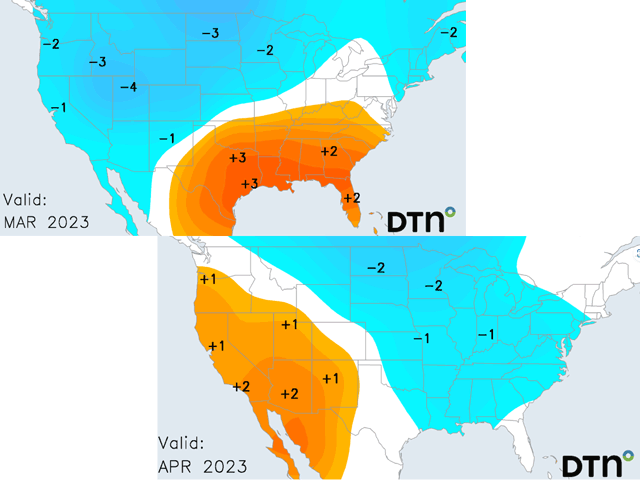
A cold wave in early March from the far north shows potential to linger during a good portion of the 2023 spring season.

A cold wave in early March from the far north shows potential to linger during a good portion of the 2023 spring season.
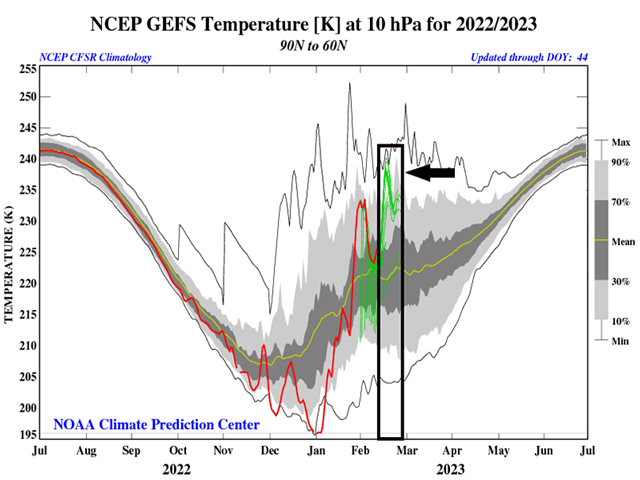
A lot of publicity has been made recently about a sudden stratospheric warming event and its effect on Northern Hemisphere temperature patterns. But what is a sudden stratospheric warming event anyway? And what does it mean for global temperature patterns?
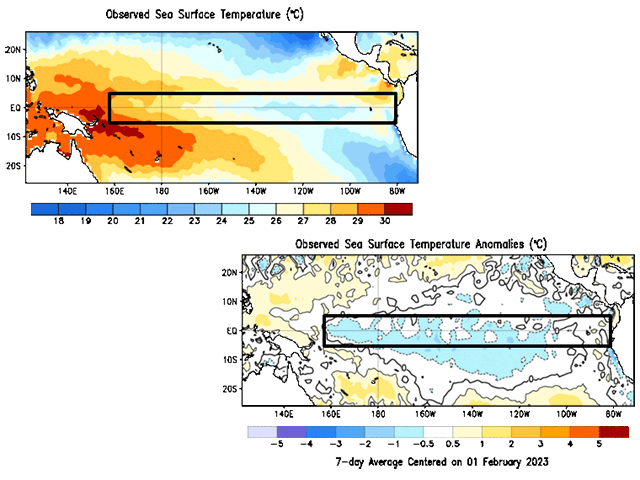
Sea-surface conditions in the tropical Pacific Ocean continue to warm and the cold, La Nina waters are fading. The index is heading into neutral status for the spring with a forecast for warm, El Nino conditions in the summer.
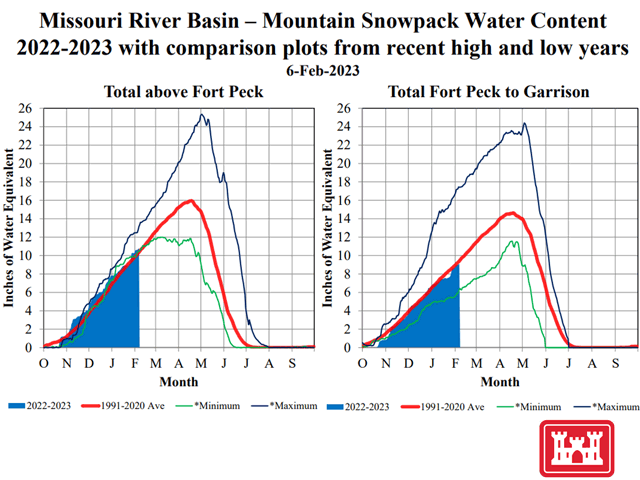
Soil moisture drought recovery is projected to consume much of the moisture from some heavy snows during the 2022-23 winter season.
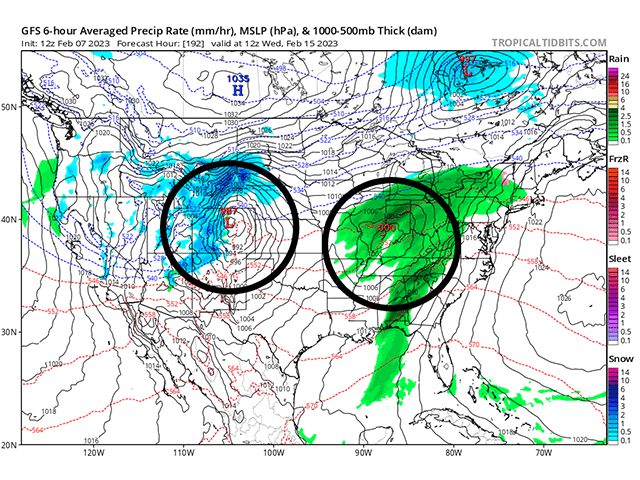
With an upper-level trough of low pressure in the West and an upper-level ridge of high pressure in the East, the middle of the country will be the battleground as the two fight it out, producing a pair of strong storm systems next week.
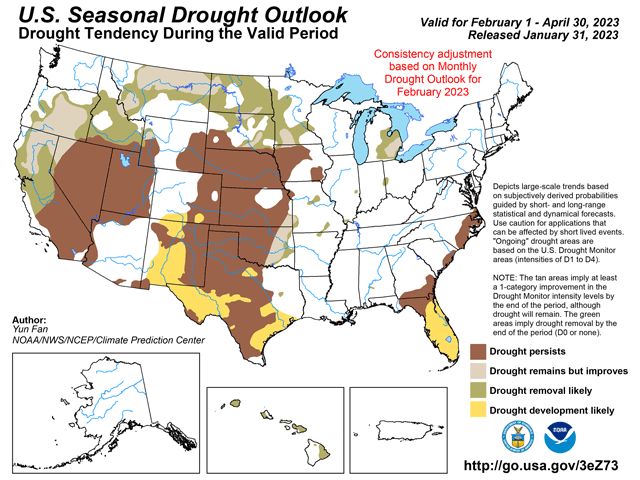
Continued moisture stress in the Western Corn Belt is suggested by the latest seasonal drought outlook.
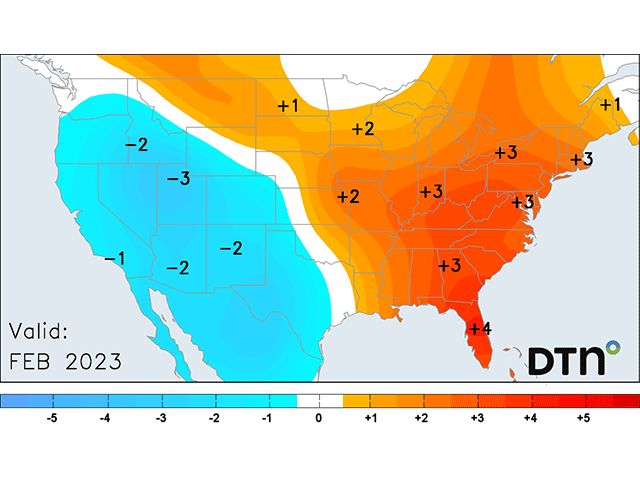
Though La Nina is still in control of the main weather pattern, the outlook for February does not look much like it. With milder air during the front half of the month east of the Rockies, the forecast has increased temperatures for the North-Central U.S. and Canadian...

Very cold air is forecast to move back through the middle of North America later this week, with the cold snap lasting well into February, thanks to a La Nina weather pattern. Southeastern areas of the U.S. will see less of the cold while northwestern areas should be socked in...

The past year was the sixth warmest on record, including record-high annual temperatures in key crop areas of Europe and southern Asia.

Very cold air is forecast to move back through the middle of North America later this week, with the cold snap lasting well into February, thanks to a La Nina weather pattern. Southeastern areas of the U.S. will see less of the cold while northwestern areas should be socked in...
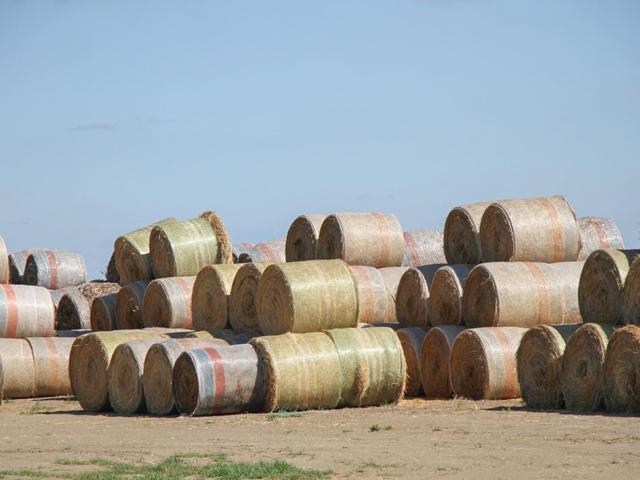
Forecasts for more cold and snow through the end of winter mean continued drawdown of available forage and possibly more herd reduction before a new crop is harvested in late spring-early summer.

Models vary on how it will occur, but a major pattern change this week will set the stage for bringing shots of colder air into the Canadian Prairies and at least the North-Central U.S. as we head into February.
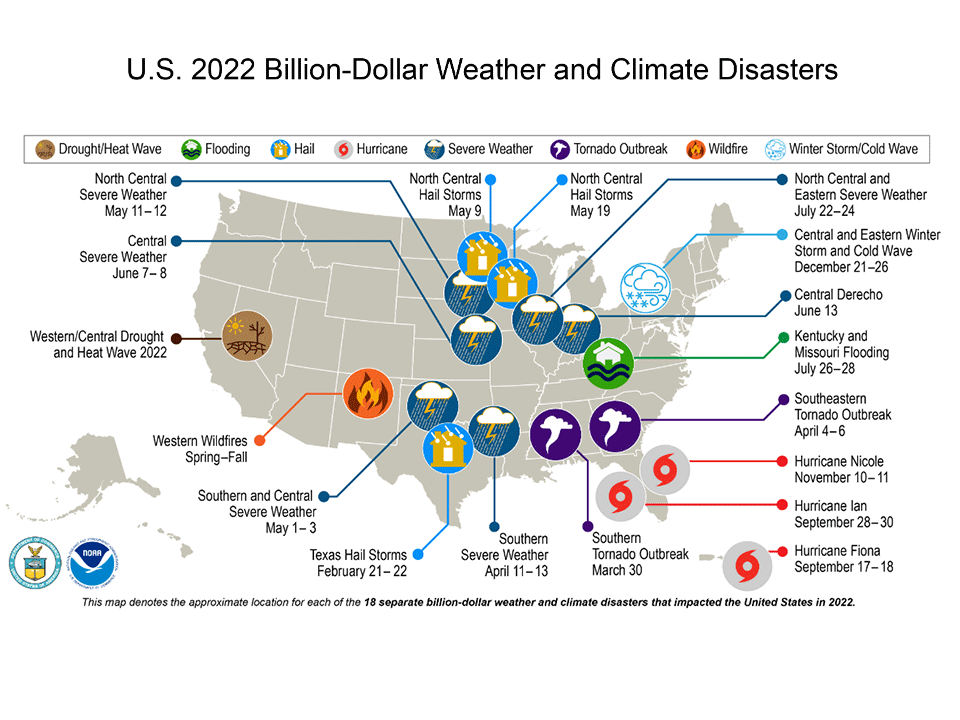
Crop region damage from storms and drought is noteworthy in the list along with hurricanes, drought and snowstorms.
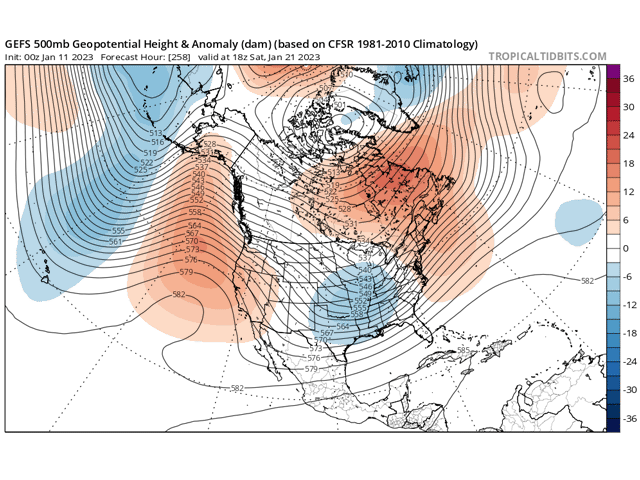
A very warm and active pattern will start to end next week. A trough of low pressure in the upper levels, which has been over the North Pacific for the last couple of weeks and sent many pieces of energy through the U.S., will finally move eastward into the U.S.

The transition from La Nina to neutral conditions in the spring and summer should put the country into a typical summertime pattern, one with plenty of variability. Here's a closer look at expected conditions for the various regions for temperatures as well as precipitation.
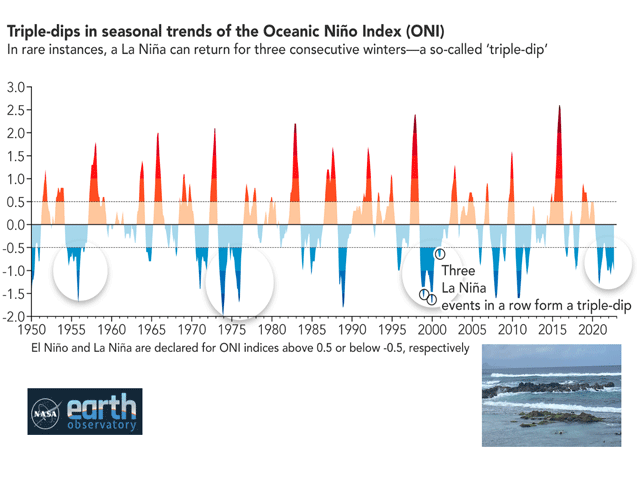
A look at corn yields following three-year La Nina events shows either flat yields relative to average or much better than the previous year.
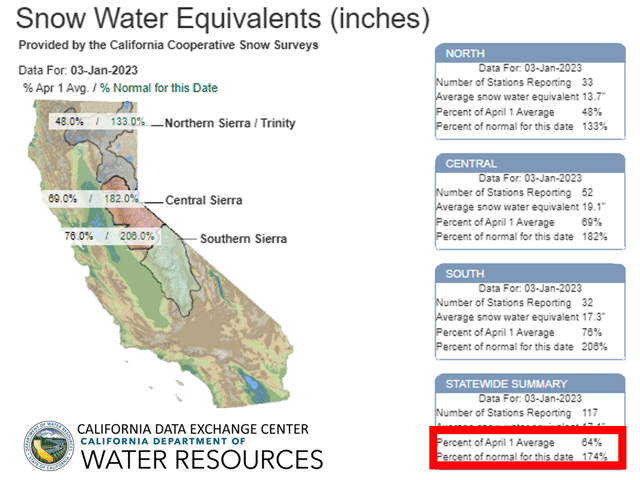
Recent strong storms have hit the Sierra Nevada Mountains in California with heavy snowfall. So far, the area is running well-above normal for the start of the new year. Additional heavy snowfall is expected to continue for the next couple of weeks.
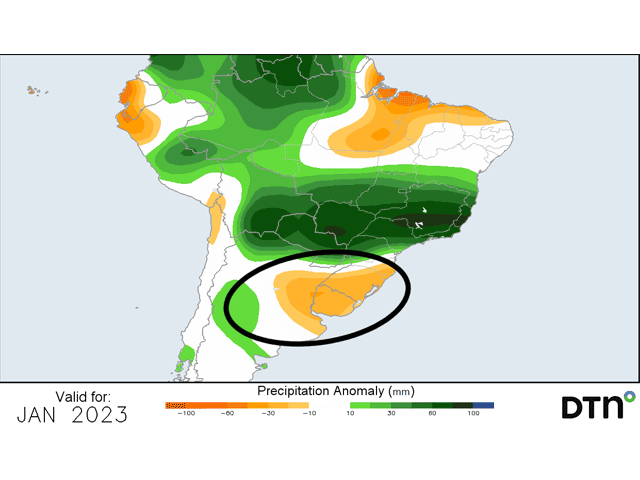
La Nina's control on South American weather continues with warmer and drier conditions continuing across far southern Brazil and Argentina. Crop health has been declining in recent weeks, even though showers have moved through from time to time.
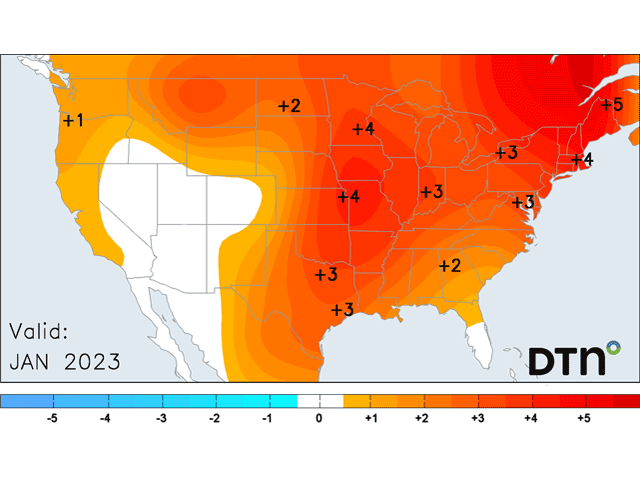
The temperature forecast for January is for much warmer air as the cold, arctic conditions that visited North America in November and December remain locked up farther north.
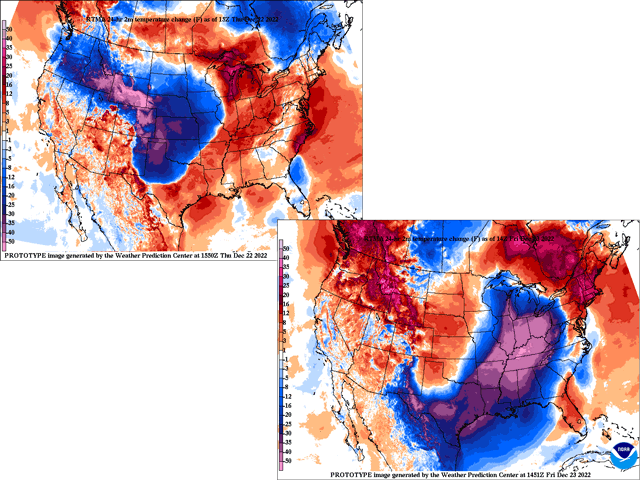
Intense arctic cold quickly spread through the country this week. Temperatures easily dropped 50 degrees or more in a 24-hour period or less for much of the country.
DIM[2x3] LBL[blogs-ag-weather-forum-list] SEL[[data-native-ad-target=articleList]] IDX[2] TMPL[news] T[]
DIM[2x3] LBL[blogs-ag-weather-forum-list-2] SEL[[data-native-ad-target=articleList]] IDX[5] TMPL[news] T[]